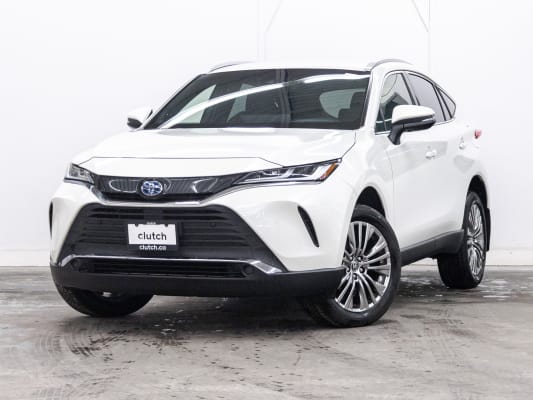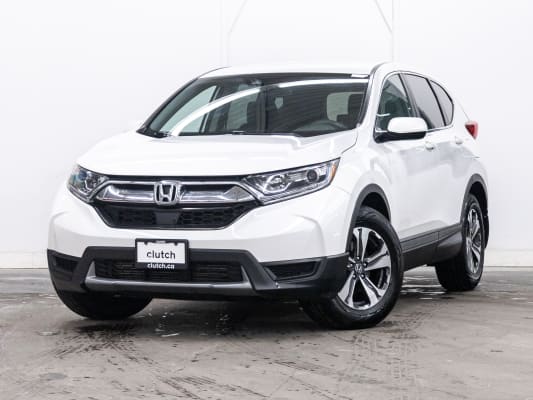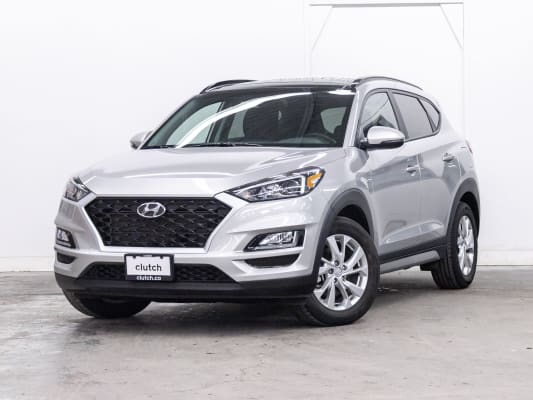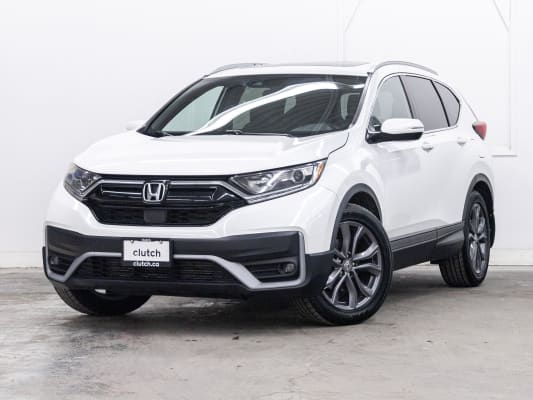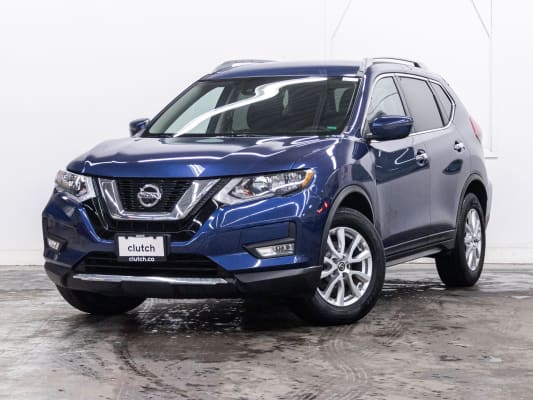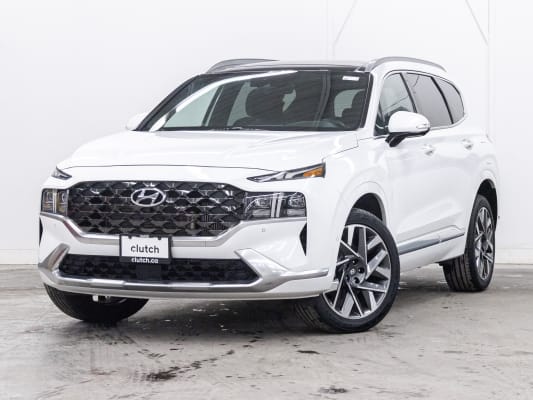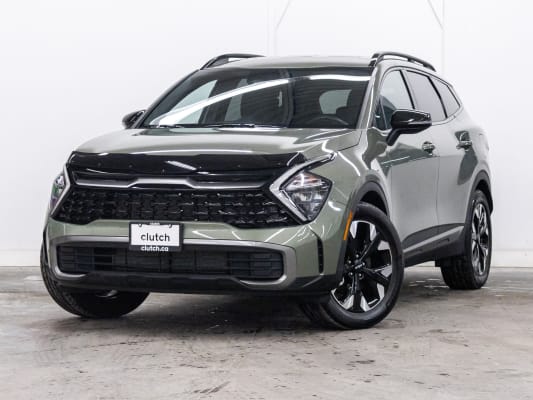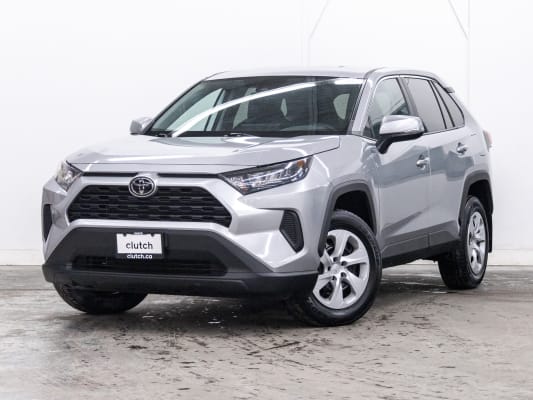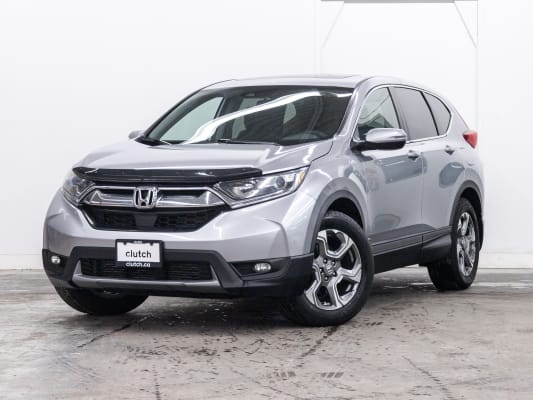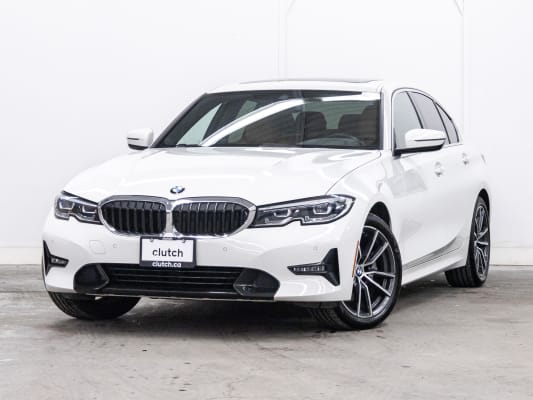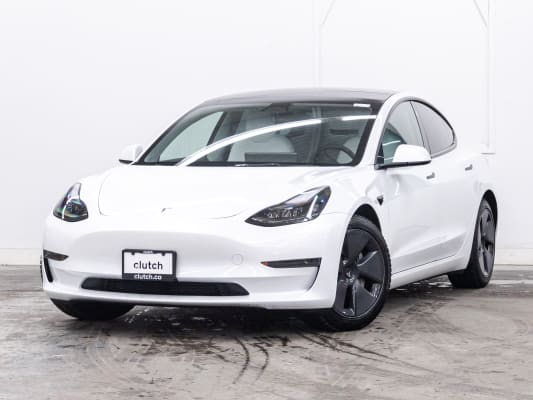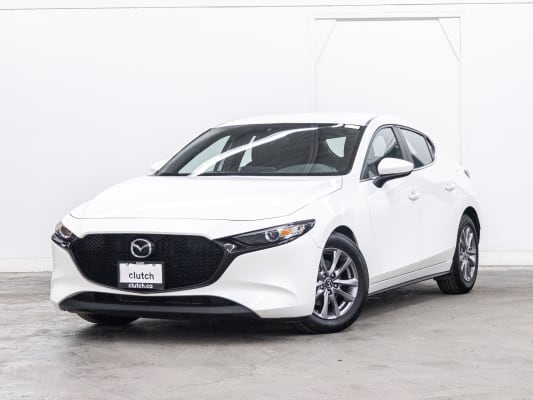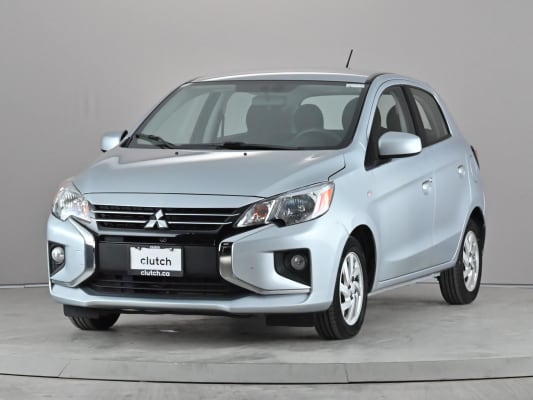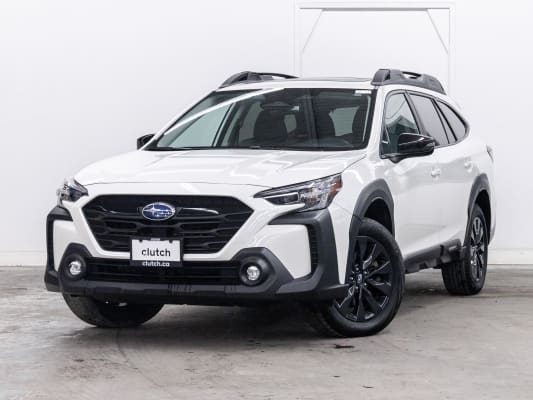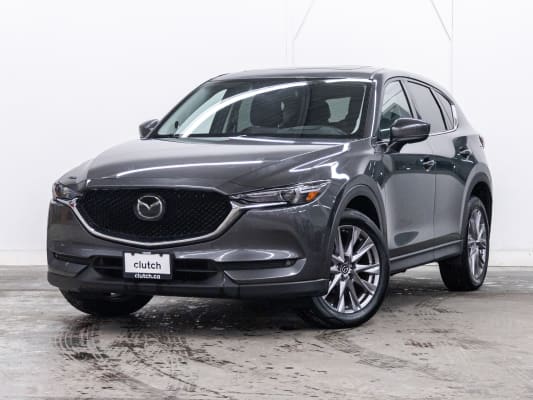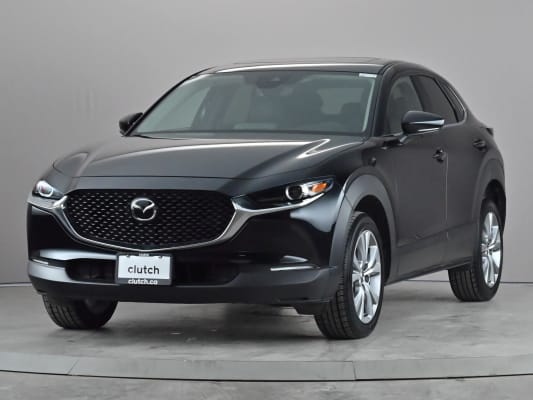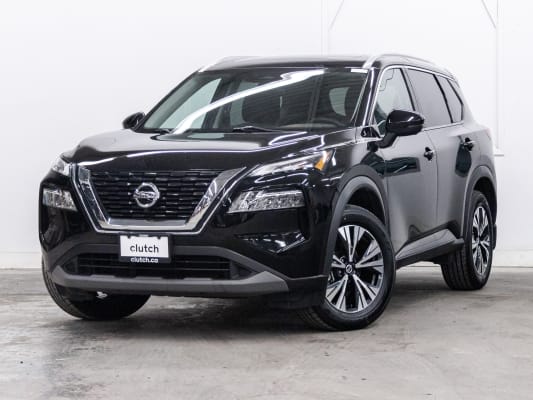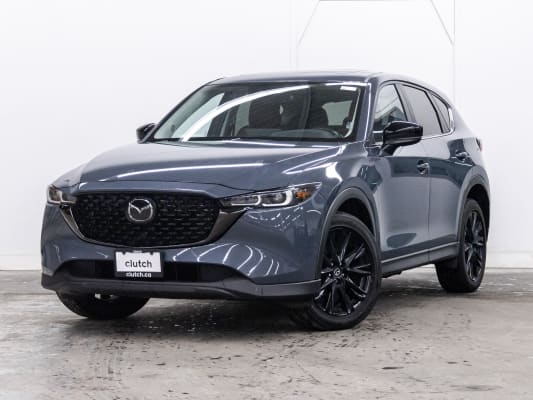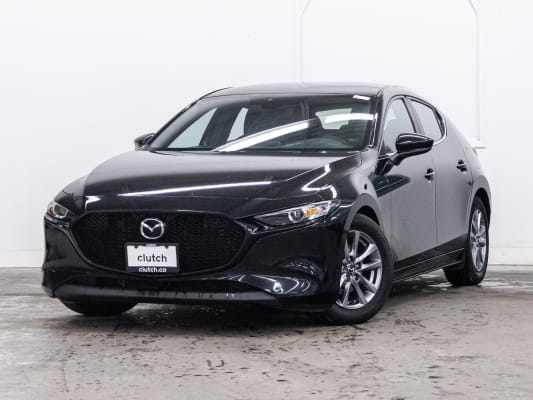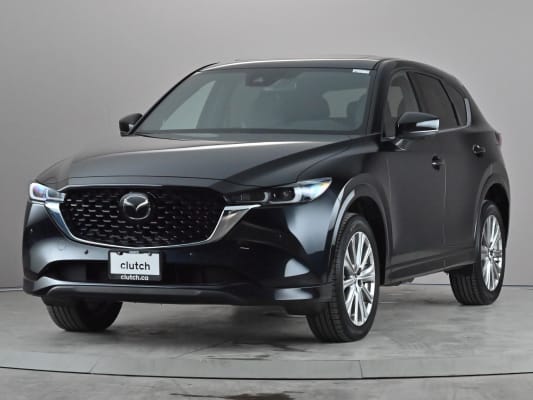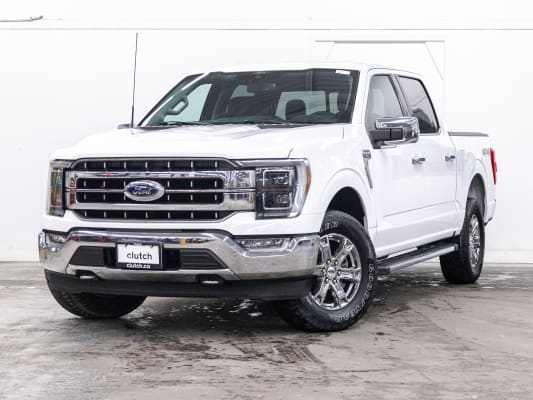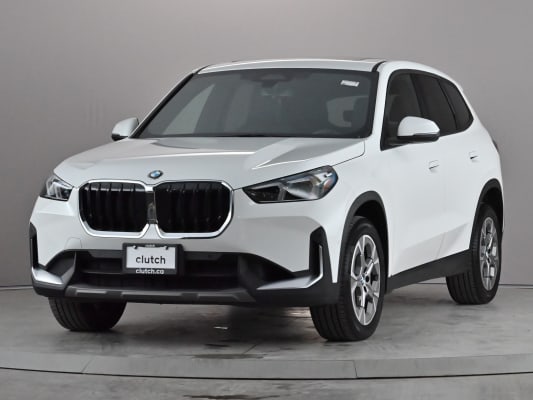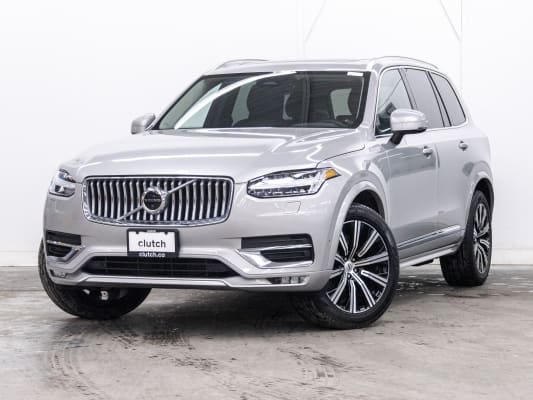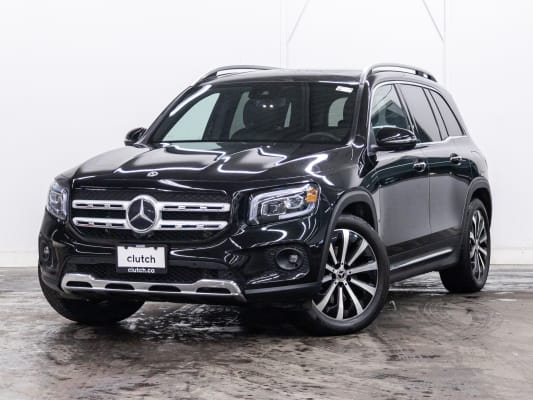If you’re thinking about buying a Tesla—new or used—you’re probably wondering how long the battery will hold up. After all, the battery is one of the most expensive components of any electric vehicle. The good news? Tesla batteries are built to go the distance. Most owners can expect years of reliable performance before any noticeable drop in range.
In this guide, we’ll break down how Tesla battery life actually works, what affects battery degradation, how to extend your battery’s lifespan, and what to expect when it comes to replacement. Whether you’re driving in mild Vancouver or facing winters in Toronto, here’s what you need to know about Tesla battery longevity in Canada.
Tesla’s Battery Warranty by Model
One of the easiest ways to estimate how long a Tesla battery is expected to last is to look at the official warranty coverage. Tesla backs its battery packs and drive units with generous warranties that vary slightly depending on the model:
- Model 3 Rear-Wheel Drive:
- 8 years or 160,000 km, whichever comes first, with minimum 70% battery capacity retention over the warranty period.
- Model 3 Long Range & Performance:
- 8 years or 192,000 km, with the same 70% capacity retention guarantee.
- Model Y Long Range & Performance:
- 8 years or 192,000 km, with at least 70% battery capacity retention.
- Model S & Model X (All trims):
- 8 years or 240,000 km, with minimum 70% retention.
It’s important to note that these warranties don’t cover normal range degradation unless the battery drops below 70% of its original capacity. That means losing a few percentage points over time is considered normal—and it happens very gradually.
In most cases, Tesla owners report minimal degradation within the first 160,000 km. Even after that, many Tesla batteries continue functioning well, just with slightly reduced range. For most drivers, the battery will outlast their ownership of the vehicle.
Typical Battery Lifespan in Real-World Use
While Tesla’s warranty covers you for up to 8 years (or up to 240,000 km, depending on the model), the real-world lifespan of a Tesla battery often goes well beyond that.
According to Tesla and independent owner data, most Tesla batteries retain around 90% of their original capacity after 250,000 to 300,000 km. That translates to a minimal loss in driving range over several years. In fact, for the average Canadian driver who logs around 20,000 km per year, that means well over a decade of use before range loss becomes noticeable.
Some high-mileage Tesla owners report driving over 500,000 km with the original battery still functioning reliably—albeit with reduced range.
That said, battery lifespan depends on how the car is used and where it’s driven. In colder Canadian provinces like Alberta or Manitoba, batteries can lose temporary range in winter months due to cold weather. However, this is not the same as long-term degradation, and range typically rebounds in warmer weather.
Here’s what real-world Tesla battery longevity typically looks like:
- After 100,000 km: ~5% or less range loss
- After 250,000 km: ~10% average range loss
- After 400,000+ km: Performance starts to drop, but many batteries still function
These numbers are impressive compared to many competitors and are one of the reasons Teslas tend to hold their value well on the used market.
What Causes Battery Degradation?
Like any lithium-ion battery, Tesla batteries naturally degrade over time. While this is expected, the rate of degradation depends on several key factors — some of which are within your control.
Here’s what contributes most to battery wear:
Frequent DC Fast Charging (Supercharging)
Supercharging is convenient, but regular use can generate more heat and stress on the battery compared to slower Level 2 charging. Tesla recommends using Superchargers occasionally and relying on home charging for day-to-day use when possible.
Extreme Temperatures
Very high or low ambient temperatures can accelerate battery degradation. Cold Canadian winters reduce range temporarily, but long-term damage is more likely in consistently hot climates. Tesla’s thermal management system helps, but temperature extremes still have an impact.
High State of Charge (SoC)
Regularly charging your battery to 100% (and leaving it there) can wear it out faster. Tesla recommends keeping the charge limit around 80–90% for daily driving unless you’re preparing for a long trip.
Frequent Deep Discharges
Letting the battery frequently drop below 10% before recharging puts additional strain on the battery cells. It’s best to plug in before the battery gets critically low.
High Mileage and Aggressive Driving
Just like any vehicle component, heavier use leads to more wear. Pushing the vehicle with hard acceleration and rapid deceleration can increase battery load, slightly accelerating degradation.
How to Maximize Battery Lifespan
While some battery degradation is unavoidable, there are several ways to help your Tesla battery last longer — especially in Canadian conditions where weather can play a big role.
Here are some practical tips to extend battery health and performance over time:
Keep Charging Between 20% and 80% for Daily Use
Tesla recommends setting your daily charge limit to around 80–90% and avoiding full 100% charges unless you’re planning a longer trip. Similarly, try not to let your battery drop below 10% too often.
Use Home Charging Whenever Possible
Level 2 charging is gentler on the battery than DC fast charging (like Tesla Superchargers). If you have access to a home charger, it’s the ideal way to keep your battery healthy.
Precondition Your Battery in Cold Weather
In Canada’s winter months, use Tesla’s preconditioning feature to warm the battery before driving or charging. This reduces stress on the cells and helps improve range and charging efficiency.
Avoid Leaving the Car at High or Low Charge for Long Periods
If you’re not planning to drive for several days or weeks, keep the battery somewhere in the 50–70% range. Avoid storing the vehicle at a very low or very high state of charge.
Monitor Battery Health Through the Tesla App
The Tesla app and vehicle interface give insight into estimated range and charging habits. Keeping an eye on changes over time can help you spot any early signs of unusual degradation.
These habits not only help your battery last longer but also maintain your vehicle’s resale value and real-world driving range.
Battery Replacement — When and How Much?
While Tesla batteries are designed to last for hundreds of thousands of kilometres, some owners eventually reach the point where a replacement is necessary — usually well past the warranty period.
When Might You Need a New Battery?
- Your battery capacity drops below 70% (and you’re outside warranty)
- There’s a battery fault or failure not covered under warranty
- You experience serious range reduction that impacts daily driving
- Physical damage or water ingress damages the pack beyond repair
That said, full battery replacements are rare. Most Teslas last a decade or more before even coming close to needing one. Many high-mileage owners never replace the original battery at all.
How Much Does a Tesla Battery Replacement Cost in Canada?
The cost depends on your Tesla model and whether you’re replacing the entire pack or just specific modules.
- Model 3 and Model Y battery replacements typically cost $13,000 to $18,000 CAD
- Model S and X replacements can exceed $20,000 CAD, due to larger battery packs
- Replacing just individual battery modules can be significantly cheaper (if available)
Tesla doesn’t list official pricing for out-of-warranty battery replacements, but independent shops that specialize in Tesla repairs may offer more affordable options. Keep in mind, Tesla may also provide refurbished battery packs for slightly lower prices.
If your Tesla is still under warranty, and capacity drops below 70%, the replacement is covered at no cost.
{{inlinecta2}}
Tesla Battery Life Is Built to Last
Tesla batteries are among the most durable in the EV world, with most owners enjoying well over 300,000 km of driving before significant range loss. With smart charging habits and routine care, your Tesla’s battery can easily outlast your time with the vehicle.
And if you’re shopping for a Tesla, buying used can be a smart way to save thousands—especially knowing the battery is built for the long haul.
At Clutch, we offer a wide selection of used Tesla vehicles that have all undergone a rigorous 210-point inspection, so you can buy with confidence. Whether you’re shopping for a Model 3, Model Y, or something more performance-driven, you can browse, finance, and buy 100% online—no dealership required.
Your next Tesla might be just a click away. Explore our inventory today and experience EV ownership with total peace of mind.



.png)

-02.avif)




